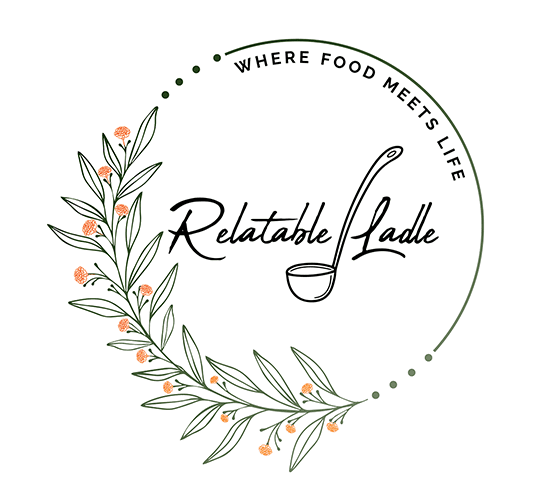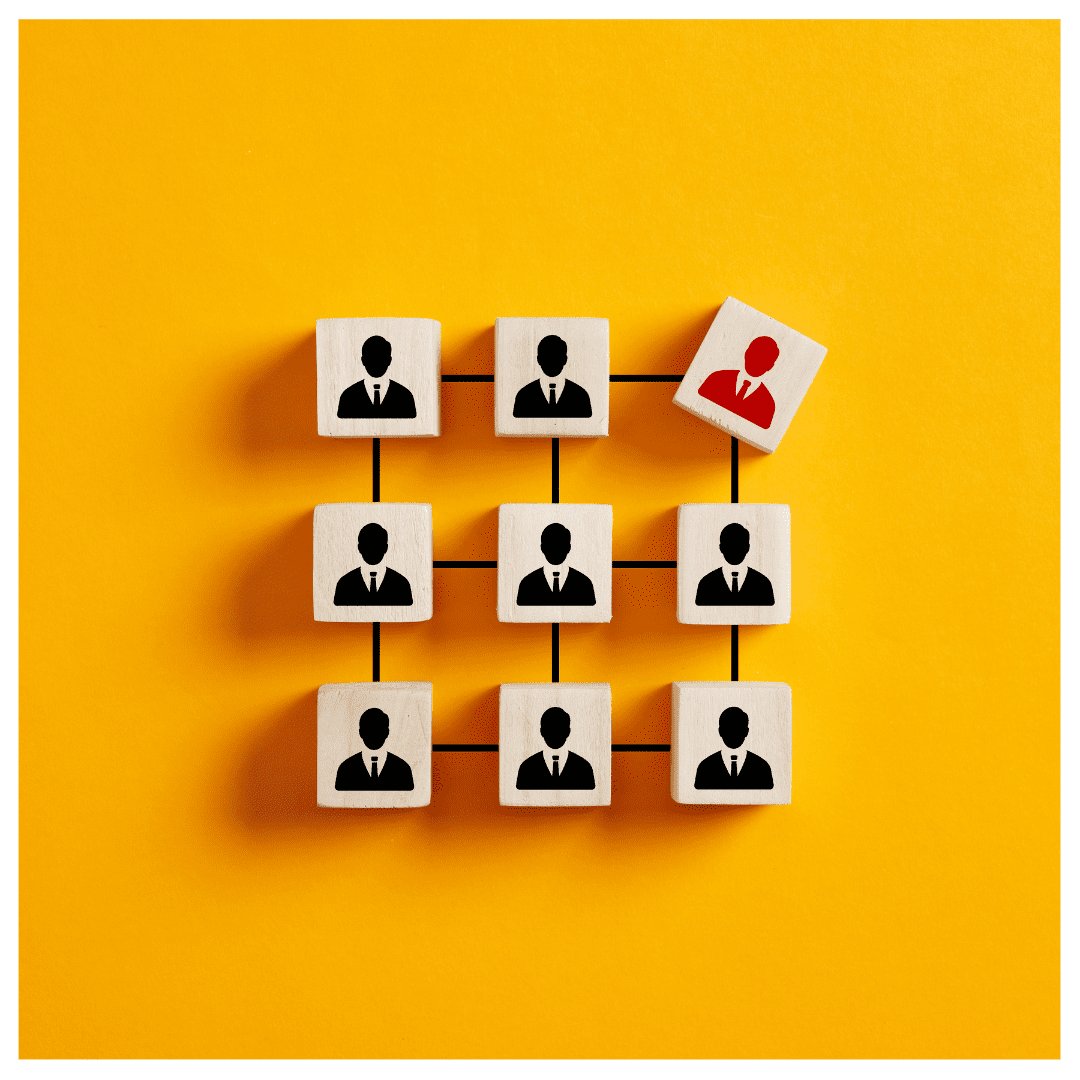What are deviations from social norms? Sometimes, they are wrong, and sometimes, they highlight the inequality and judgment present in society. Social norms consist of the unwritten rules that guide expectations and actions to ensure harmonious and predictable behavior within society (Unicef).
These rules may be the opposite of what they intended to do. My own OCD, anxiety, and depression, which stemmed from a childhood filled with abuse, can present in many ways that make others feel at odds. Why? Because my behaviors don’t quite fit into the typical social mold. Do social norms account for neurodiversity? Do we all uphold social norms, or do each of us have quirks and eccentricities?
Understanding Deviation from Social Norms
Social norms facilitate smoother social interactions and help individuals navigate their social environments effectively. Still, they can also perpetuate inequalities and may need to be challenged and changed over time.
Social norms are typically based on the behaviors and expectations of the neurotypical majority. However, there is a growing awareness and effort to factor in neurodiversity. Social norms have also guided psychology assessments. By analyzing how individuals can stray from accepted behavioral standards, mental health experts can determine emotional and cognitive characteristics that distinguish psychological conditions such as phobias, depression, and more.
Several broad categories of social norms influence different aspects of our lives:
Situational Norms vary depending on the situation or environment. For example, speaking quietly in a library, cheering loudly at a sports event, and formal behavior at a wedding or funeral are examples.
Folkways are informal standards or everyday customs that may be violated without severe consequences. Examples include dressing appropriately for different occasions, table manners, greeting others, and standing in line.
Mores are firmly held norms with moral and ethical implications. Deviations result in severe consequences and disapproval. Examples are honesty, fidelity in marriage, respect for elders, and no stealing or cheating.
Laws are formal codes of conduct with legal penalties written and enforced by official agencies. Examples are speed limits, laws against theft, assault, and drug use, regulations on business practices, and environmental laws.
Taboos are forbidden behaviors so deeply ingrained in a culture that even thinking about violating them is repulsive. Examples include incest, cannibalism, and desecration of sacred symbols or places.
Conventions facilitate interactions with social convenience and coordination but do not carry significant moral weight. Shaking hands when meeting someone, being polite, and having dress codes in specific social settings are all examples.
Cultural Norms are specific to a particular culture. Examples are bowing as a greeting in Japan, removing shoes before entering a home in many Asian cultures, and specific dietary restrictions in various religious practices.
Group Norms apply to specific groups, such as organizations, clubs, or subcultures. For example, behavioral expectations may be found in sports teams, and rituals may be observed in fraternities or sororities.
Gender Norms relate to behaviors and roles traditionally associated with a particular gender. For example, men should be stoic, and women should be nurturing and have gender-specific hobbies or careers.
Age Norms are behaviors that are expected based on a person’s age. For example, people are expected to go to school in childhood, start a career in young adulthood, and retire in old age.
Deviations from Social Norms
A deviation from societal norms is when an individual’s behavior, actions, or beliefs significantly differ from the commonly accepted standards and expectations within a given society. It often leads to misinterpretation. For example, if you avoid eye contact, this could be misinterpreted as dishonesty or disinterest.
Other examples of deviations from social norms include wearing clothing, hairstyles, piercings, or makeup that is considered unusual or inappropriate for certain occasions, breaking social etiquette, challenging gender roles, not having children, living off the grid, expression unpopular opinions, unconventional artistic expression, dieting in ways that are not mainstream, hobbies or interests not commonly understood by all, or promoting a cause.
Such deviations can provoke various reactions from society. Here are more ways deviations have adverse outcomes:
- Social Isolation: Individuals are ostracized or marginalized by their communities or peers.
- Criticism and Stigma: Nonconformity can attract judgment from others, potentially leading to negative labels and discrimination.
- Legal and institutional consequences are if the norms are codified into laws or institutional policies.
- Personal and Professional Risks: Working in environments that strongly enforce conformity can pose risks to one’s career, relationships, and personal safety.
Deviations are not all bad; they can cause revolutions and lead to innovation.
- Innovation and Progress: Deviating from norms pioneers new paths, challenges the status quo, and broadens horizons with unconventional thinking. This is why fashion changes constantly, cars can self-drive, and awareness can be spread on matters that need reform.
- Personal Growth: Individuals develop a stronger sense of identity and purpose to foster self-development.
- Social Change: Deviating from social norms can lead to significant social changes and reforms, promoting greater equality, justice, and inclusivity.
- Inspiration to Others to think differently and embrace unique qualities, paving the way for a diverse and accepting society.
If you’re struggling with finding your place in a society that upholds conformity, here are some ways to cope:
- Finding Supportive Communities can reduce feelings of isolation.
- Building Resilience can help manage criticism and negative feedback.
- Advocacy and Education efforts in these areas can help reduce the stigma associated with nonconformity, raise awareness of diversity and neurodiversity, and promote inclusivity.
- Balancing the need to stay true to oneself and navigate societal expectations can help reduce some of the negative impacts while still promoting personal authenticity.
Ways we can embrace deviations from social norms
There are many we can begin to redefine social norms and celebrate deviations and neurodiversity. Here are just a few below:
- Inclusive Practices:
- Adaptations: Schools, workplaces, and public spaces are increasingly making accommodations, such as providing sensory-friendly environments, flexible communication methods, and alternative work arrangements.
- Policy Changes: Laws and policies are beginning to change to protect the rights of neurodiverse individuals and ensure they have equal opportunities.
- Cultural Shifts:
- Redefining Norms to be more inclusive and recognizing that diverse ways of thinking and behaving can benefit society.
- Empathy and Flexibility in social interactions help to accommodate neurodiversity. People are encouraged to be more patient and understand differences.
- Inclusive Norms:
- Communication: open to different communication styles, such as non-verbal communication or the need for clear, direct language.
- Social Interactions: Being understanding of those who may have difficulty with eye contact, social cues, or small talk.
- Work and Education: Providing quiet workspaces, flexible deadlines, and alternative learning methods to help those who need them.

Conclusion
While often challenging, deviations from social norms can lead to positive and negative outcomes. Social norms help create predictable behavior and smooth interactions but can also perpetuate inequalities and marginalize those who do not conform. Understanding these deviations involves recognizing various types of norms and their influence.
Those who deviate may face social isolation, criticism, and legal consequences, but can also spark innovation, personal growth, and social change. Supportive communities, resilience-building, and advocacy are essential in mitigating negative impacts. Embracing inclusive practices and cultural shifts promotes empathy and understanding, fostering a more diverse and accepting society. Redefining norms to be more inclusive benefits everyone, enabling individuals to thrive and contribute to the richness of our collective human experience.
How do you Embrace Deviations from Social Norms?
Please drop us a comment below. You might be interested in our article on being “too much” or why people are mean to nice people or judging others.
Disclaimer: All content and information on this website including our recipes and blog articles is for informational and educational purposes only and does not constitute medical, psychological, or health advice (for that please always seek the help of a professional in these areas). We do not warrant that the information presented herein is free of any errors or omissions although we do our best to provide information backed by research.

